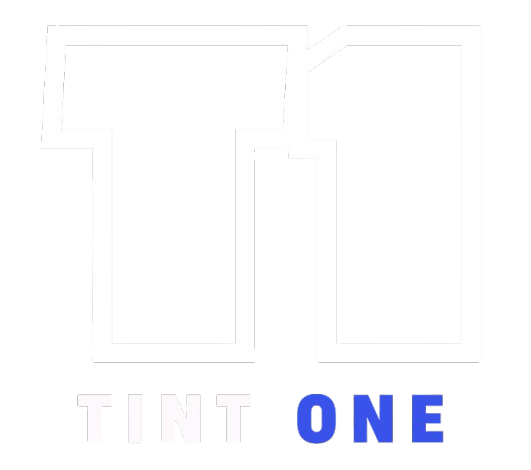Selecting the right window tint for your vehicle involves more than just choosing a shade you like. It’s important to consider the different types of tints available, their properties, and the legal restrictions in your area. This guide will help you make an informed decision when choosing your car’s window tint.
Types of Window Tints
- Dyed Window Tint
- Appearance: Opaque, non-reflective
- Benefits: Affordable, blocks some heat and glare
- Drawbacks: May fade over time, less heat rejection than other types
- Metalized Window Tint
- Appearance: Shiny, reflective finish
- Benefits: Durable, good heat rejection, scratch-resistant
- Drawbacks: May interfere with electronic signals (GPS, radio)
- Carbon Window Tint
- Appearance: Matte finish, dark and sleek
- Benefits: Excellent heat rejection, doesn’t fade, no signal interference
- Drawbacks: More expensive than dyed or metalized options
- Ceramic Window Tint
- Appearance: Clear, non-reflective
- Benefits: Superior heat and UV rejection, doesn’t fade, no signal interference
- Drawbacks: Most expensive option
- Crystalline Window Tint
- Appearance: Nearly clear, minimal color change
- Benefits: Rejects heat and UV rays without darkening windows
- Drawbacks: Less privacy, higher cost
Choosing the Right VLT (Visible Light Transmission)
VLT refers to the amount of visible light that passes through the tint:
- Lower VLT % = Darker tint
- Higher VLT % = Lighter tint
Common VLT percentages:
- 50% VLT: Allows 50% of light through, suitable for windshields
- 35% VLT: Popular for side windows, balances visibility and privacy
- 20% VLT: Darker tint, often used for rear windows
- 5% VLT: Very dark, sometimes called “limo tint”
Legal Considerations
Window tint laws vary by location, but typically regulate:
- Which windows can be tinted
- How dark the tint can be (minimum VLT %)
- How reflective the tint can be
Common regulations:
- Windshield: Often restricted to a tint strip at the top
- Front side windows: Usually require higher VLT % than rear windows
- Rear side windows and rear windshield: Often allow darker tints
Always check your local laws before choosing a tint. Some areas require:
- Tint certification labels on the vehicle
- Different rules for sedans vs. SUVs/vans
Other Factors to Consider
- Climate: Hotter climates may benefit from tints with better heat rejection
- Driving habits: Night drivers might prefer lighter tints
- Vehicle use: Work vehicles may have different needs than personal cars
- Budget: Balance cost with desired features and longevity
Conclusion
Choosing the right window tint involves balancing aesthetics, functionality, and legal compliance. Consider consulting with a professional tinting service to help you navigate these factors and select the best option for your vehicle and needs. Remember, a quality tint job is an investment in your car’s comfort, efficiency, and style.

